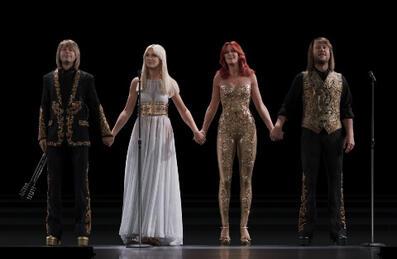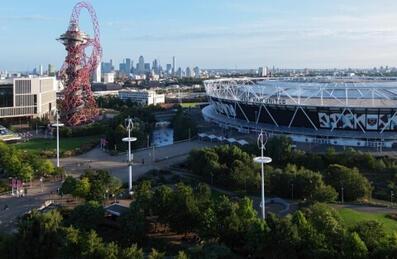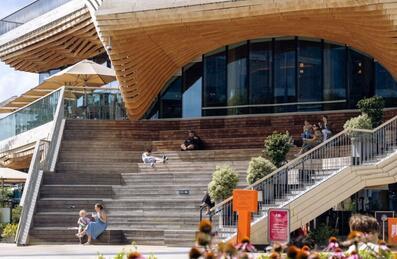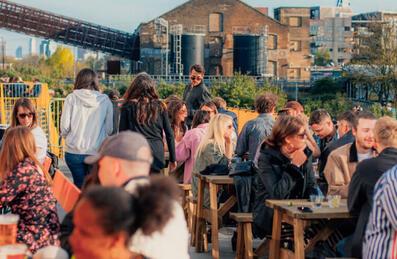
Popular Searches:
Keep up to date
Sign up today for exclusive offers and incredible experiences you won’t want to miss at Queen Elizabeth Olympic Park.
Sign up nowIn support of #ParkPower
In support of #ParkPower
Story 05/02/2021
Mark Camley is the Executive Director of Park Operations and Venues at LLDC
Charles Dickens perhaps said it best (doesn’t he always) in a Tale of Two Cities, “It was the best of times; It was the worst of times…” Parks across the globe have never been more appreciated and more used, and at the same time never been more threatened.
Throughout the past lockdowns, parks have been crucial for people’s daily exercise, and provided benefit to people’s physical and mental health and well-being during the COVID crisis. We conducted visitor research in June that identified mental health as being a greater challenge for people in lockdown than physical health, particularly for young adults and those living in multi-generational households. So it was re-assuring to find that Parks provided a significant boost to people’s mental health as well as their physical health during the period. Another silver lining, was that traffic and traffic noise reduced during lockdown letting us hear bird song, and there was a measurable improvement in air quality in most cities.
We have also seen Parks used as sites for temporary food and PPE distribution hubs, vaccine centres and emergency morgues over the COVID crisis. However, while Parks have been happy to play their part not everyone used the space appropriately with, for example, increased litter causing increased costs to a number of Parks.
Significantly, we have faced not only a health crisis but a consequential economic crisis, and in addition an equity and equality challenge this year. Like all public facilities, parks budgets will be challenged through the loss of income from events, venues being closed and activities and food and beverage being curtailed. In addition, as most parks in London are run by local authorities (where they are not a statutory service) they have also seen a challenge to their core funding. This may make the maintenance of open spaces and ensuring that they are of the highest quality challenging.
The Black Lives Matter movement has made parks reconsider whether they serve all of the people in their local area. It is generally accepted that more affluent areas have greater access to green space than less affluent areas. It is less clear whether even in less affluent areas that we get a full representation of local people in Parks. We need to tear down the barriers that people face and make them feel safe and welcomed. This can be as simple as providing good signage and toilets and adequate benches to maintain staff visibility in the Park to provide re-assurance. Sometimes though even a name can be a barrier. I recall that when I was Chief Executive of The Royal Parks that them being “Royal Parks” was off putting for some local people.
The good news is that our research showed that people intend to come to Parks more often after the crisis than they did previously. This may help with income generation next year. There are also some great initiatives out there, including London National Park City’s wilder, healthier, greener campaign, and 8:80 Cities 10,20,30 challenge – everyone with a park within 10 minutes of their home by 2030. In addition, Low Transport Neighbourhoods have shone a light on the simple steps we can take to make the places we live more hospitable.
So, as the vaccine rolls out and we look towards a new form of normal we can be thankful for the role that Parks have played and hopeful for the role they will continue to play in the future.






